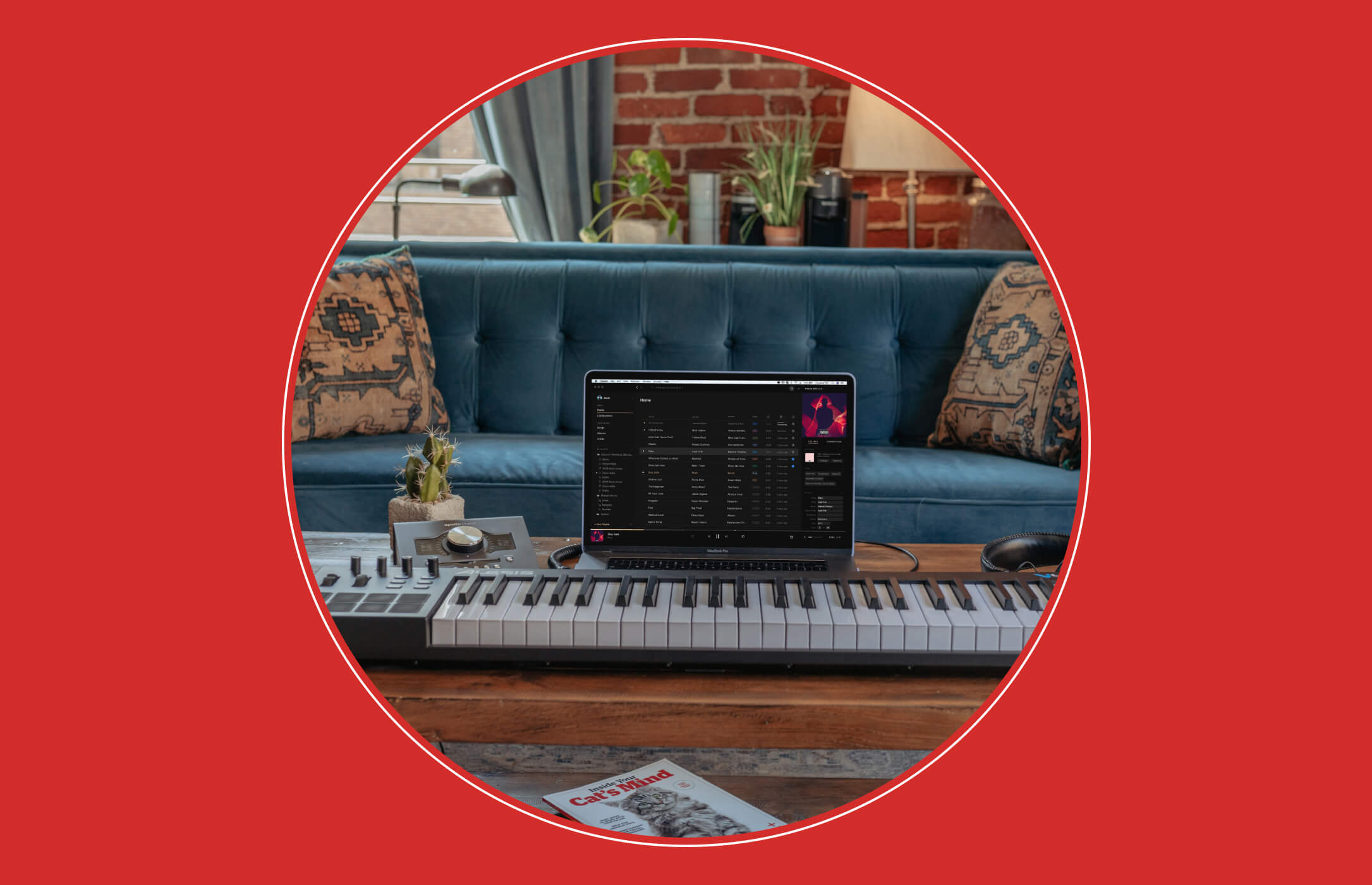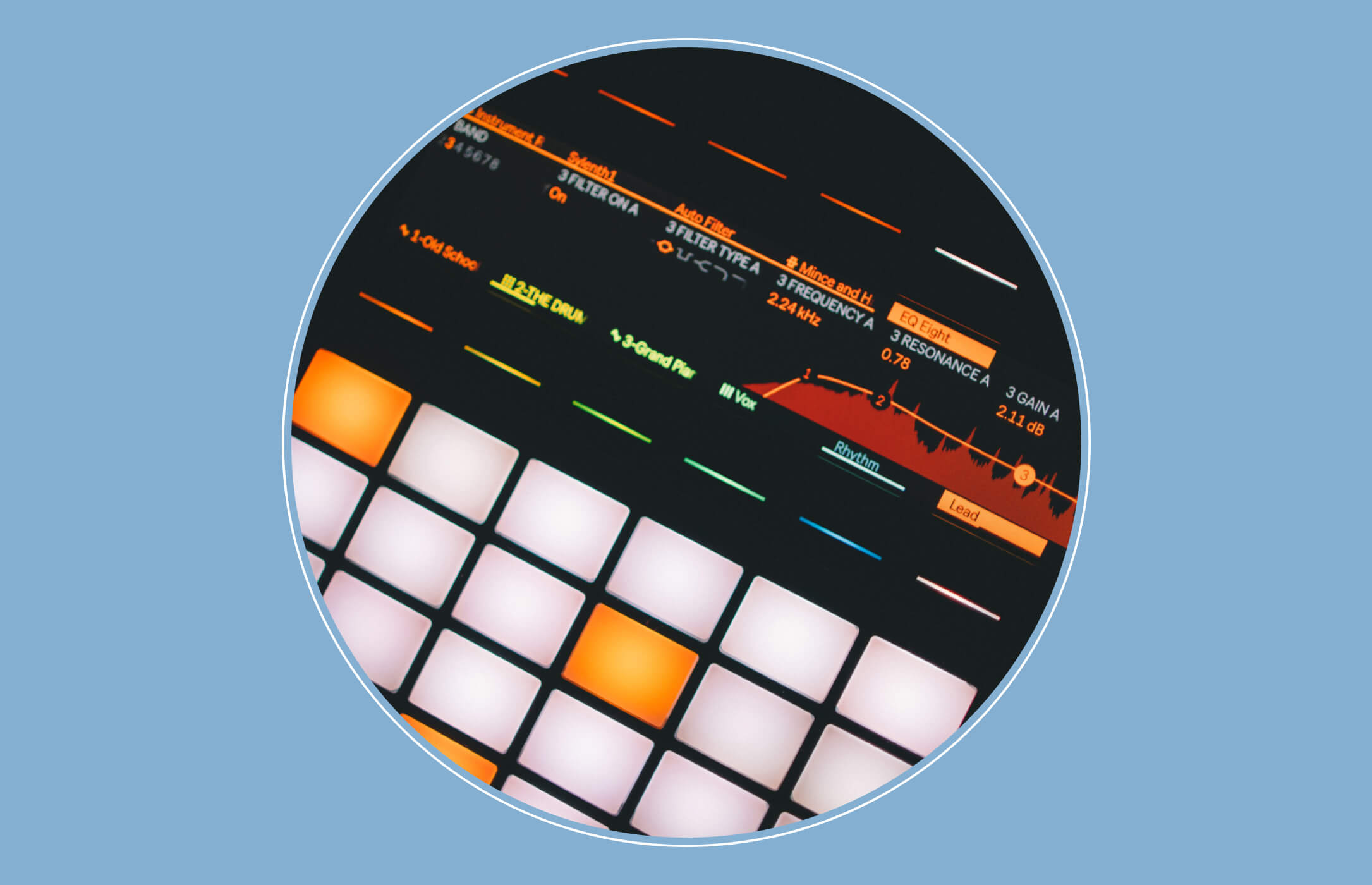Plugin Review: Soothe2 by oeksound
I’m a self-confessed software addict that is constantly eager to check out new apps from startups and fresh developers. These software developers aren’t constrained by market research data or financial restraints — they’re free to go in whichever way they choose. They are sometimes responding to their own acoustic requirements, those of their coworkers, or what they instinctively perceive as a need. And there are situations when the product is so niche that it isn’t financially feasible. However, the beauty of software is that the only true cost of manufacturing is time, which encourages innovation, which is especially prevalent in the iOS industry.
oeksound, situated in Helsinki and created by signal processing and sound engineer Olli Erik Keskinen, seems to be a promising new firm.
Soothe, their first audio plugin, is described as “a dynamic resonance suppressor for mid and high frequencies.” Originally intended as a vocal processor, it’s versatility shines through whether used on acoustic guitar, saturated synth tracks, sub mixes, or the master bus.
Interface and Controls
Soothe2 is a dynamic equalizer with self-adjusting bands that analyzes in real time and adjusts frequency reduction depending on the input. It’s billed as a time-saving utility. The effect is similar to De-essing, but the underlying algorithms employ a spectral processor to respond to resonant frequencies while decreasing or eliminating artifacts like pre-ring and summation issues that may occur with other dynamic EQs. If your CPU can handle it, the plugin supports 2x and 4x oversampling as well as three levels of resolution.
The user interface is simple and straightforward. Under the settings icon, there is a link to an online handbook.
When you click a node, controls display on the left. Low-pass, high-pass, and three-band filters control which portion of the spectrum will be processed. When you increase a frequency on the display, you’re really instructing the program to suppress resonances in that section of the spectrum further, similar to an inverted EQ.
The Depth control is the most important since it determines when processing starts. In real time, the reduction is beautifully represented in the blue-shaded region. As the depth is increased, the decrease is also increased.
The Sharpness and Selectivity controls work together to narrow the frequency cuts, allowing you to be more specific about which frequencies you want to affect without affecting adjacent areas of the spectrum, and to set a threshold for how prominent a problem frequency needs to be before processing occurs.
Experiments
On a synth track stem constructed from an arpeggiated line mixed with a Mopho (analog monophonic synth by Dave Smith) and two sampler tracks, I decided to attempt soothing. The first makes use of hand bells, while the second makes use of singing rock sounds that Richard Divine made accessible online a long time ago. There’s also some other things in there. I’m pleased with the outcomes and how snappy the controls are. I can understand how the efficacy will be influenced by the original content and the CPU’s capabilities. However, the fully functioning free trial should allow you to make your own decision.
Written By LLANE-A



